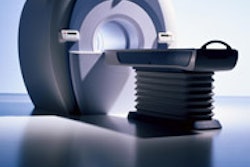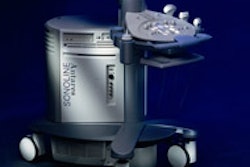Dear CT Insider,
Digital surgery planning is making its way to oral and maxillofacial applications. And the results are nothing short of spectacular.
Practitioners are using multidetector CT with 3D volumetric reconstruction to plan for trauma surgery, cranioplasty, orthognathic surgery, dental implants, and other procedures that once required a grab bag of x-rays, photographs, clay models, and more than a little luck.
Dr. Jon Bradrick, director of oral and maxillofacial surgery at MetroHealth Medical Center in Cleveland, has been using CT for decades. He shared his experiences and his case studies with a high-resolution MDCT scanner at the 2004 American Association of Oral and Maxillofacial Surgeons meeting in San Francisco.
The software isn't perfect yet. Nor have practitioners embraced the technology en masse, Bradrick said in this issue's Insider Exclusive, published for our CT Digital Community subscribers in advance. But given the technology's enormous potential -- and the market's propensity to deliver what's needed -- MDCT will someday be the norm rather than the exception, he said.
Also in today's CT Digital Community, a Yale study shows that self-referred CT imaging centers have grown rapidly in recent years -- though there are hints of impending market saturation. And a recent article by staff writer Tracie L. Thompson notes that the interpretation skills of radiologists in particular seem to make a difference when it comes to imaging the heart and blood vessels.
Fueled by the fusion of multiple detectors and volumetric reconstruction software, CT's star is ascendant in a growing universe of applications today. We invite you to explore them all in our CT Digital Community.




















